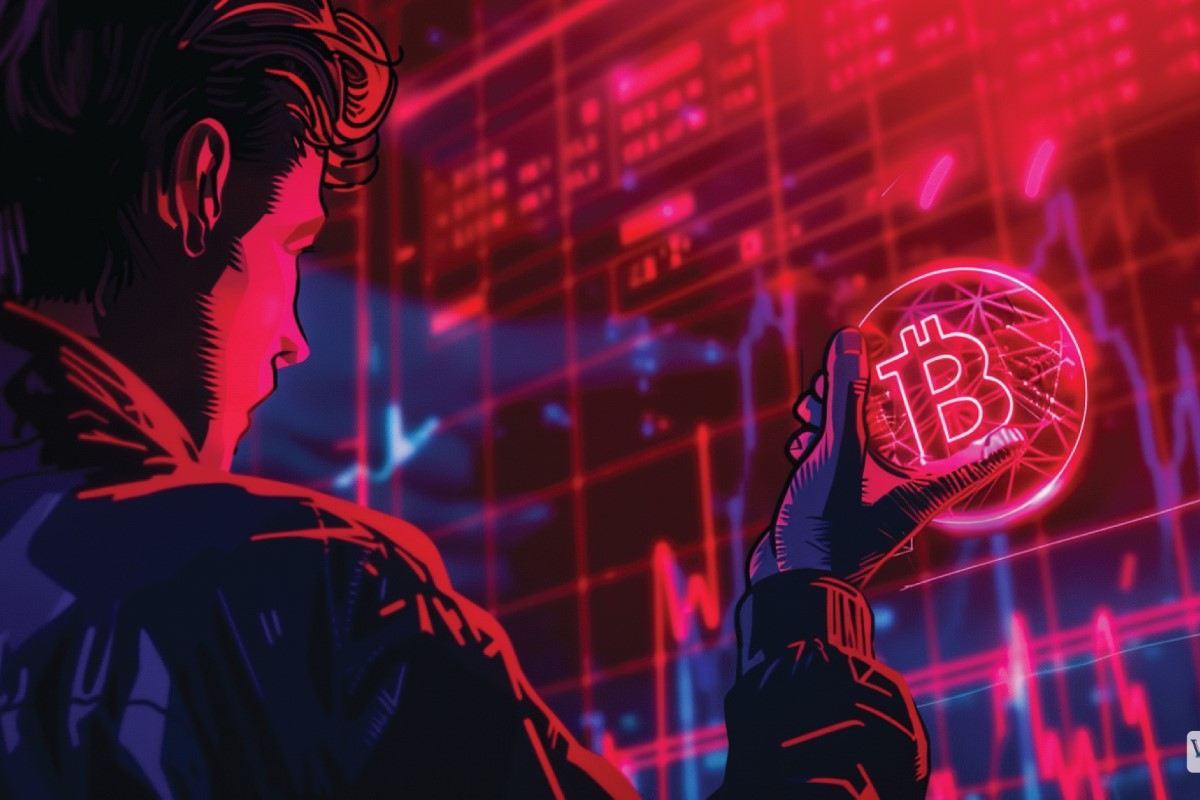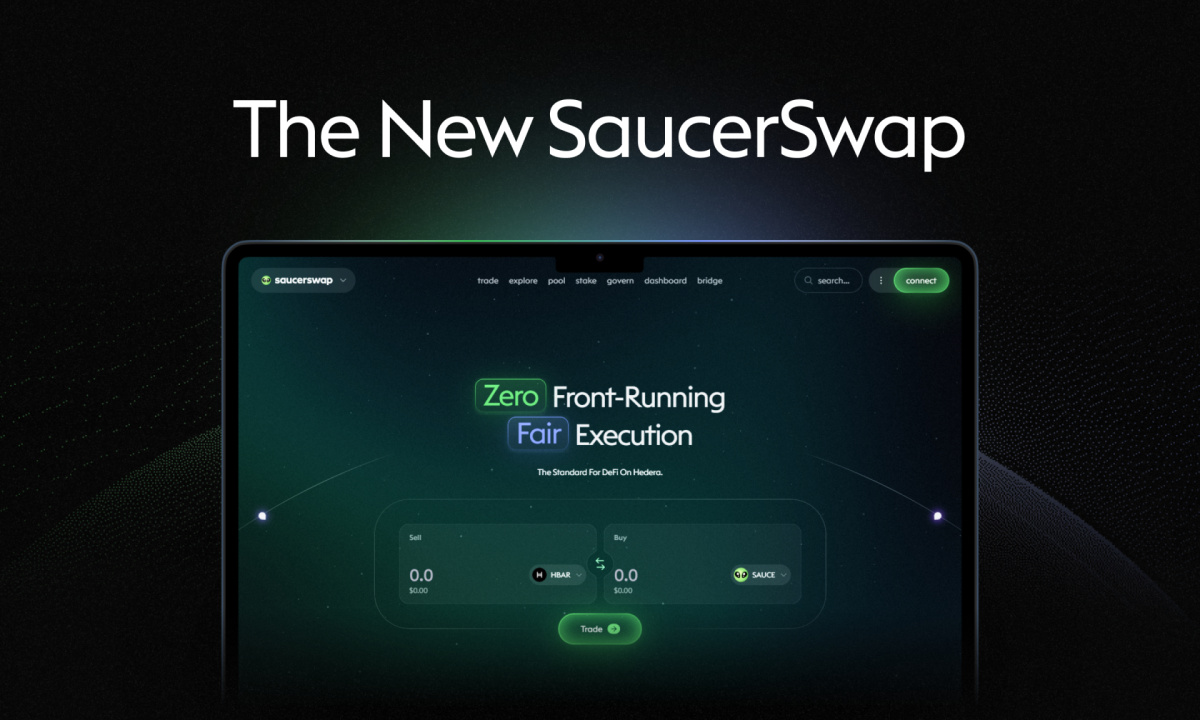Key Insights
- Crypto last week recap
- Last week, the Ethereum Name Service (ENS), and GoDaddy, joined forces to create a first-of-its-kind bridge between Web2 and Web3
- The U.S. SEC won a partial victory against Ripple, with the latter now being forced to provide sensitive financial documents
- This week, Solana got hit with a huge glitch, causing a 5-hour crash that eventually turned into a $110 $SOL price
- MicroStrategy bought another $32 million Bitcoin
- Craig Wright, the man who claims he’s Satoshi Nakamoto, has now admitted to forging several documents
Another week has gone by, presenting another opportunity to marvel at the happenings in the crypto wild west.
- Ethereum Name Service Partners With Godaddy
- SEC Just Won a Huge Battle Against Ripple
- Solana Crypto Network Crashed, Deleting 4% From $SOL’s Price
- Microstrategy Boosted Its Bitcoin Portfolio With Another $32 Million
- Craig Wright, the Man Who Swears He’s Satoshi Nakamoto, Finally Admitted That He Forged Key Documents
Last week, we had everything happen, from a recent bridge between web3 and web2 to MicroStrategy buying another truckload of Bitcoin, to a man who claims he’s Satoshi Nakamoto, admitting that he forged key documents to assume the anonymous Bitcoin creator’s identity.
We have compiled all of these stories into bite-sized sections, and without wasting further time—here’s what we have:
Ethereum Name Service Partners With Godaddy
Last week, the Ethereum Name Service (ENS), and the largest domain registrar in the world, GoDaddy, joined forces to create a service in which domain owners can link their web2 domain names to their ENS names for free and without any technical difficulties.

But why is this important?
First of all, this is one of the first bridges of its kind, between Web2 and Web3 technologies.
Secondly, if you didn’t know what the ENS does, it is simply an Etheruem-based protocol that allows users to create human-readable names for their crypto wallets and smart contracts.
This allows users to have address names like Alice.eth instead of complicated addresses like “0x1234abcd…”
Thanks to ENS and GoDaddy’s collaboration, anyone with a domain name like myAddress.com can now also claim the matching ENS name, myAddress.eth, and connect the two.
In this way, users can access their crypto wallets (myAddress.eth) via their domain name (myAddress.com) and vice versa.
Who knew there was such a simple way to bridge Web2 and Web3?
SEC Just Won a Huge Battle Against Ripple
This week, the U.S. SEC won a partial victory in its ongoing legal battle against Ripple.

Recall that in December 2020, the SEC filed a lawsuit against Chris Larsen, the co-founder of Ripple, and its CEO, Brad Garlinghouse.
The SEC alleged that they sold XRP and made $1.3 billion from it since 2013, without first registering it as a security, and therefore broke federal securities laws.
Fast forward to 2024, and both parties are still hashing things out in court.
This week on 5 February 2024, however, Judge Sarah Netburn of the U.S. District Court for the Southern District of New York, approved the SEC’s application to force the company to submit records and information about its XRP sales.
The court now expects documents detailing the total amount that Ripple and its executives sold each month, as far back as 2013 to the present.
Furthermore, the company is also expected to provide the identities of each of the buyers, contracts and agreements regarding the sales, details of all communication between Ripple, Larsen and Garlinghouse as well as other sensitive details.
 So far, judge Netburn gave Ripple 30 days to comply with the order, which means that the defendants must dance to the SEC’s tune by 7 March 2024.
Solana Crypto Network Crashed, Deleting 4% From $SOL’s Price
This week, Solana got hit with a huge glitch, when a spike in traffic caused its network to crash for about five hours.

$SOL was also affected by this issue when it fell by around 4% to $93 during the outage.
In detail, the network saw its transaction volumes hitting 400,000 transactions per second on Tuesday, 6 February 2024, at about 09:52 UTC, according to Solana’s official post-mortem report.
This caused a malfunction in the software that controls network updates and resulted in a massive crash.
The fault was quickly found and corrected by Solana’s technical team and community validators, who also released an updated software version to fix the problem.
The outage lasted around five hours, and at 15:00 UTC, the network was back online. Users were reassured that all transactions were either completed or reversed and that no money was lost or compromised during the event.
Today, the crypto network is back online and now trades at around $109 according to data from CoinMarketCap.
Microstrategy Boosted Its Bitcoin Portfolio With Another $32 Million
According to a recent filing with the SEC, MicroStrategy bought another 850 Bitcoin for around $32 million in cash on 8 February 2024.Â
This brings the average price of the company’s Bitcoin holdings to around $37,765 per Bitcoin, with the total holdings hitting around 190,850 BTC, (which is currently worth over $8 billion).
MicroStrategy financed this purchase with money it made on 1 January 2019, from the company’s most recent at-the-market (ATM) share issue.

Michael Saylor, the executive chairman of MicroStrategy, also confirmed the purchase on Twitter, stating that the company’s holdings now account for almost 80% of its overall assets.
In addition, he restated his optimistic assessment of the cryptocurrency, referring to it as “the emerging dominant monetary network and the world’s best treasury reserve asset.”
Craig Wright, the Man Who Swears He’s Satoshi Nakamoto, Finally Admitted That He Forged Key Documents
The Australian computer scientist, Craig Wright has now admitted to falsifying documents to support his claims that he is Satoshi Nakamoto.
The shocking revelation was made by Wright during a cross-examination in a UK court, after being sued by the Crypto Open Patent Alliance (COPA).
Wright has endured the gruelling and humiliating trial, which started at the High Court of Justice in London, on 5 February 2024.
And so far, Jonathan Hough KC, the COPA’s attorney, has been able to provide evidence that shows that Wright forged several documents to back up his claims that he is Satoshi Nakamoto.
Some of the documents that Wright has admitted to forging include:
A document from before the Bitcoin white paper in 2008, referenced technologies that did not exist at the time, like Citrix MetaFrame and Atlassian Confluence.
A document from 2009, containing references to four academic articles that were published later, in 2010 and 2011.
A document from 2011, featuring a font that was not available until 2015.
A document from 2012, containing a negative timestamp that indicated a time difference between two blocks that was impossible.
So far, Wright has now resorted to blaming his former lawyers, employees, hackers, and even the IT environment for tampering with his documents as he awaits final judgement, sometime this year.
Disclaimer: Voice of Crypto aims to deliver accurate and up-to-date information, but it will not be responsible for any missing facts or inaccurate information. Cryptocurrencies are highly volatile financial assets, so research and make your own financial decisions.









